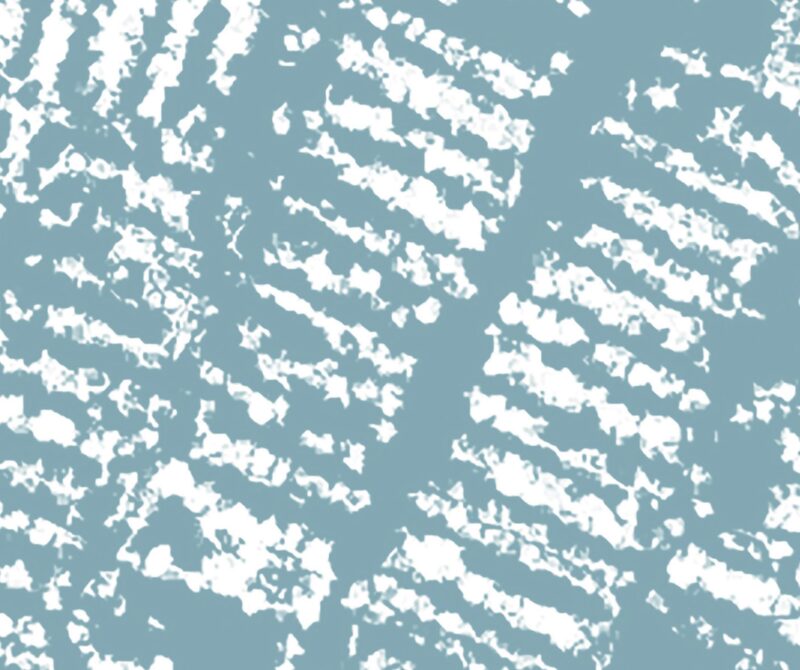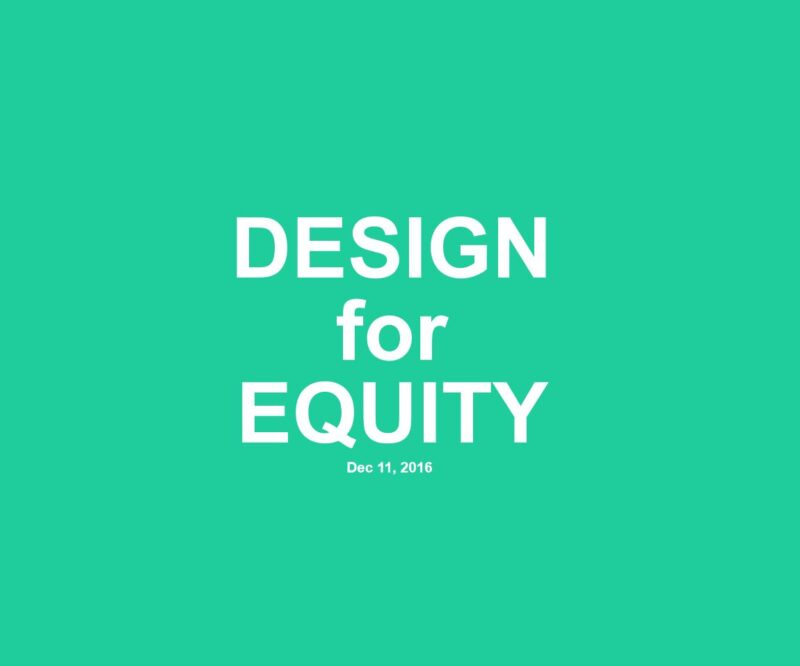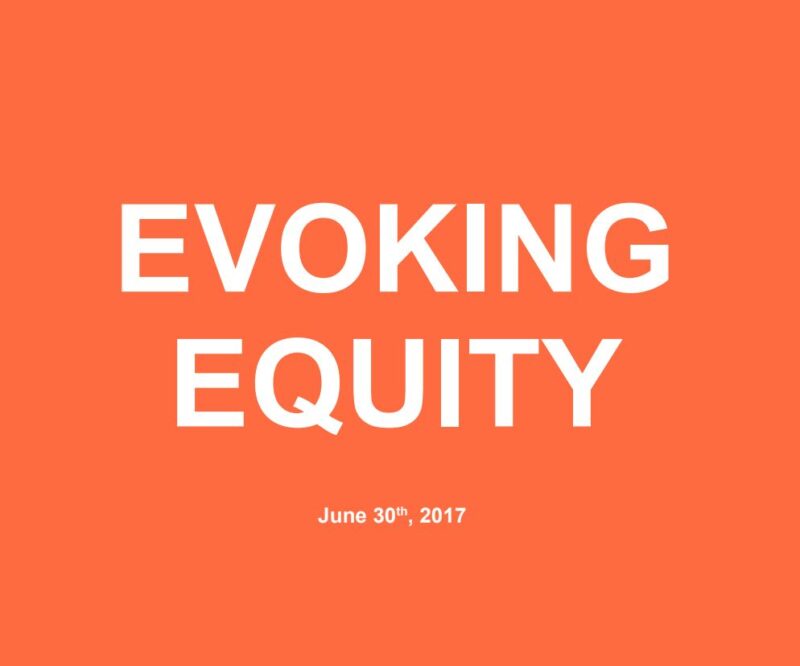Research
The RAMP initiative includes site-specific, applied research projects, often driven by faculty-student collaborations, sometimes with the support of foundations or grants. Research projects allow each team member to contribute their own expertise and perspective. Collectively, teams bring fresh eyes to the research challenge. On these pages, you can explore work that contributed to how the City of New York thinks about stormwater management and equity.
Fluid Frontiers, Towards a Unified Red Hook Sewershed
Fluid Frontiers helps mitigate the risk that combined sewer outfall (CSO) poses to the health of New Yorkers and the city’s surrounding waterways and help NYC achieve the goals of the Clean Water act by mitigating CSO. The research team used publicly available data, community input, and GIS mapping, to quantify the amount of stormwater that cannot be handled by the Red Hook sewershed’s existing infrastructure during extreme wet weather events and identify strategically impactful locations where alternative water management strategies could be implemented to capture that amount of stormwater.
Design for Equity
A policy and planning framework, examined the selected typologies within the Hunts Point and Bushwick neighborhoods. Our focus was on equity in public architecture as parity in the distribution of resources citywide. Through analysis of the stakeholders served by each typology and their relationship to the facility, we determined equity in public architecture to be realized by the interconnectedness between a community’s social and built environments.
Evoking Equity, Designing for Equity in New York City Public Buildings
Evoking Equity, aims to elucidate the publicness of public architecture and illuminate the potential to manifest equity through design. While Evoking Equity focuses mainly on Part Two of our research, key takeaways from our initial scope of work are included—primarily, the unique community analysis tools which offer moments and methods for identifying and engaging the City’s diverse communities in the design of public architecture.





